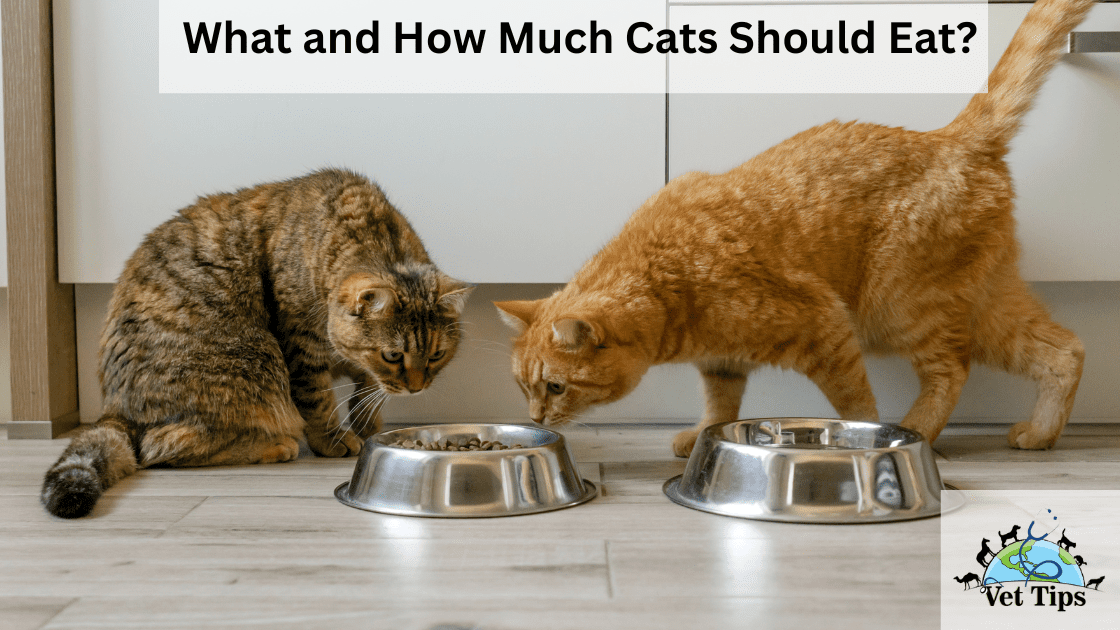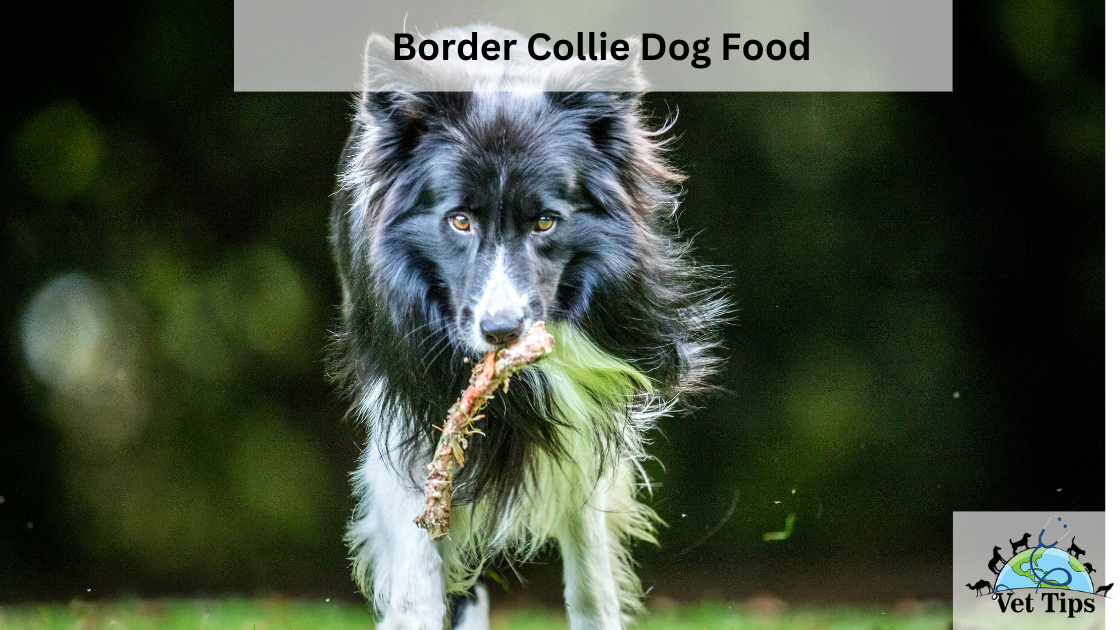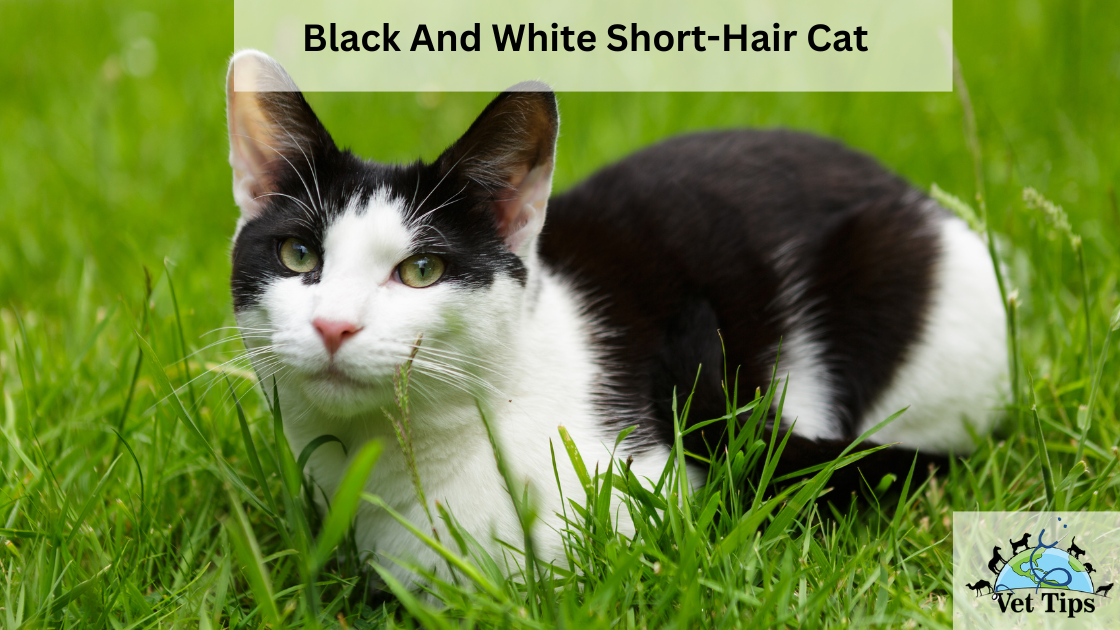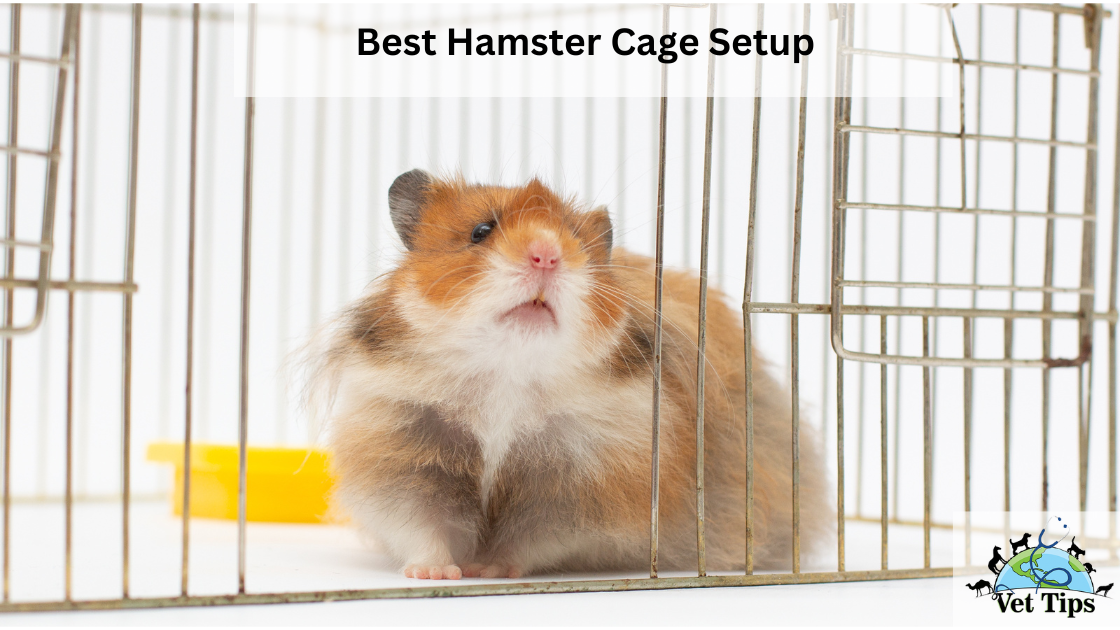As cat owners, we strive to provide the best care for our beloved feline friends, and a crucial aspect of their well-being is their diet. A nutritious and balanced diet is essential to keep our cats healthy, happy, and full of energy. In this article, we will explore What and How Much Cats Should Eat? to meet their dietary needs.
When it comes to cats, you must be thinking, how can a small-looking cat be that powerful? These are carnivorous animals and are mainly dependent on protein-rich food sources, which give them strength, hence, appearance.
What should my cat eat?
Being a pet parent, the first question comes to your mind must be, what will my pet eat? Well, cats are carnivorous and need food rich in protein and minerals. The protein requirement of your cat can be fulfilled by fish (tuna, cod liver) and meat (poultry, worms). They need an essential amino acid profile for proper body function like taurine and arginine. Their body cannot make it, so they must be added to their feed. Vitamins like vitamin A are necessary for epithelial growth, and Vitamin D is beneficial for bone strengthening.
Understanding a Cat’s Dietary Needs
Cats are obligate carnivores, which means they require a diet primarily composed of meat. Unlike omnivores or herbivores, cats have specific dietary requirements that align with their evolutionary history as predators. The primary nutrients they need include protein, fat, vitamins, and minerals.
1. Protein: Protein is the foundation of a cat’s diet, and it is crucial for their growth, maintenance, and overall health. Animal-based proteins, such as those from meat and fish, provide essential amino acids that cats cannot produce on their own.
2. Fats: Fats are a concentrated source of energy for cats and support various bodily functions, including nutrient absorption and hormone production.
3. Vitamins and Minerals: Cats require a range of vitamins and minerals to support their immune system, bone health, and other essential physiological processes. These nutrients are typically found in balanced commercial cat foods.
Choosing the Right Cat Food
Selecting the right cat food is essential to ensure your feline friend receives all the nutrients they need. Here are some key considerations:
1. Look for Quality Ingredients: Opt for cat foods with high-quality animal-based proteins listed as the primary ingredients. Avoid products with excessive fillers or artificial additives.
2. Life Stage and Special Needs: Consider your cat’s life stage when choosing food. Kittens have different nutritional needs than adult or senior cats. Additionally, if your cat has specific health concerns, such as food allergies or sensitivities, consult with a veterinarian to find the appropriate diet.
3. Wet vs. Dry Food: Both wet and dry cat foods can be nutritious. Wet food provides additional moisture, which can be beneficial for cats who don’t drink much water. However, some cats prefer dry kibble, which can help maintain dental health. You can also combine both wet and dry foods for variety.
How Much Should Cats Eat?
Determining the right portion size for your cat is vital to prevent overfeeding or underfeeding. The appropriate amount depends on factors such as your cat’s age, weight, activity level, and overall health.
1. Follow Feeding Guidelines: Most commercial cat foods provide feeding guidelines based on your cat’s weight and life stage. Use these recommendations as a starting point and adjust as needed.
2. Monitor Body Condition: Regularly assess your cat’s body condition to ensure they are at a healthy weight. You should be able to feel their ribs without excessive fat covering and see a slight waistline when viewed from above.
3. Meal Frequency: Adult cats typically do well with two meals per day. Kittens may require more frequent feedings. Avoid leaving food out all day (free feeding) as it can lead to overeating and obesity.
Special Considerations
If you have a specific breed of cat, such as a Maine Coon or Siamese, they may have unique dietary requirements or preferences. Additionally, spayed or neutered cats may have slightly different calorie needs, as altered cats tend to have a slower metabolism.
If you ever need to change your cat’s diet, make the transition gradually over several days to avoid gastrointestinal upset.
FAQs about What and How Much Cats Should Eat?
What should be avoided for my cat?
Many people have a habit of sharing their food with their pets. It could be hazardous. Here are a few things that could lead to severe health issues:
- Chocolate
- Caffeine
- Dog food
- Raw meat and eggs
- Onion and garlic
- Milk and milk product (many cats are lactose intolerant)
How can I know what my cat needs?
Here are some parameters to judge the amount to feed your pet cat. The first thing to know is your cat’s age (kitten needs more protein than the adult cat because of growing age), weight, body condition, requirement, and energy level. It is significant for the amount of protein needed. The nutritional requirement is an important matter, and seeking a veterinary nutritionist’s help would be an excellent choice to achieve a balanced diet for your pet.
How much should I feed my cat?
Aren’t you tired of having multiple conflicting advice to feed your cat? Well, let’s put an end to it! Cats are a creature of balance. They do not like to eat their complete meal once, but they are interval eaters. The number of meals your cat requires depends on the number of calories they need per day. Commercially automatic feeders like the Wopet Automatic Cat food Dispenser will help you maintain overeating. The rough estimate is 25-35 calories per pound per day divided into three-day intervals. More than 12 hours leads to an acidic stomach.
What and how much should cats eat? (Cont.)
How much dry food should we feed the cat?
Water is the essential component and comprises 60-70% of a cat’s body. Dehydration can be very scary, especially for cats who do not voluntarily drink water. Dry food contains only 5-10% water. Thus, water requirements must be met via wet feed. Dehydration leads to urinary tract problems, especially kidney stones.
Can I feed vegetables to my cat?
Cats are carnivorous; would you like veggies if you are a meat lover? No, right! Cats are exactly like that; they need taurine in their body, which is only available in the meat. Lack of these essential amino acids can lead to heart diseases, blindness, and even death. Still thinking of a vegan diet?
How to choose commercial feed?
Well, Every brand has a different number of calories. The most important thing is to judge the requirement of your cat. The best overall feed is Blue Buffalo Indoor Health Natural Adult Chicken & Brown Rice Dry Cat Food.
Knowing the need of your cat is very important. Overeating or an unbalanced diet could lead to severe obesity, dry skin, diabetes, and seizures.
Conclusion: What and How Much Cats Should Eat?
A well-balanced and nutritious diet is essential for the health and well-being of your cat. As obligate carnivores, cats require protein-rich diets with appropriate fat, vitamins, and minerals to thrive. By choosing high-quality cat food, monitoring portion sizes, and considering your cat’s individual needs, you can provide them with the nourishment they need to lead a long, healthy, and contented life. Remember to consult with your veterinarian for personalized dietary advice and to address any specific health concerns your cat may have.
Tell us in the comments, how you like our article “What and how much should cats eat?”
For similar posts like this, click here.
For the source file, click here.









One thought on “Nourishing Your Feline Friend: Understanding What and How Much Cats Should Eat?”